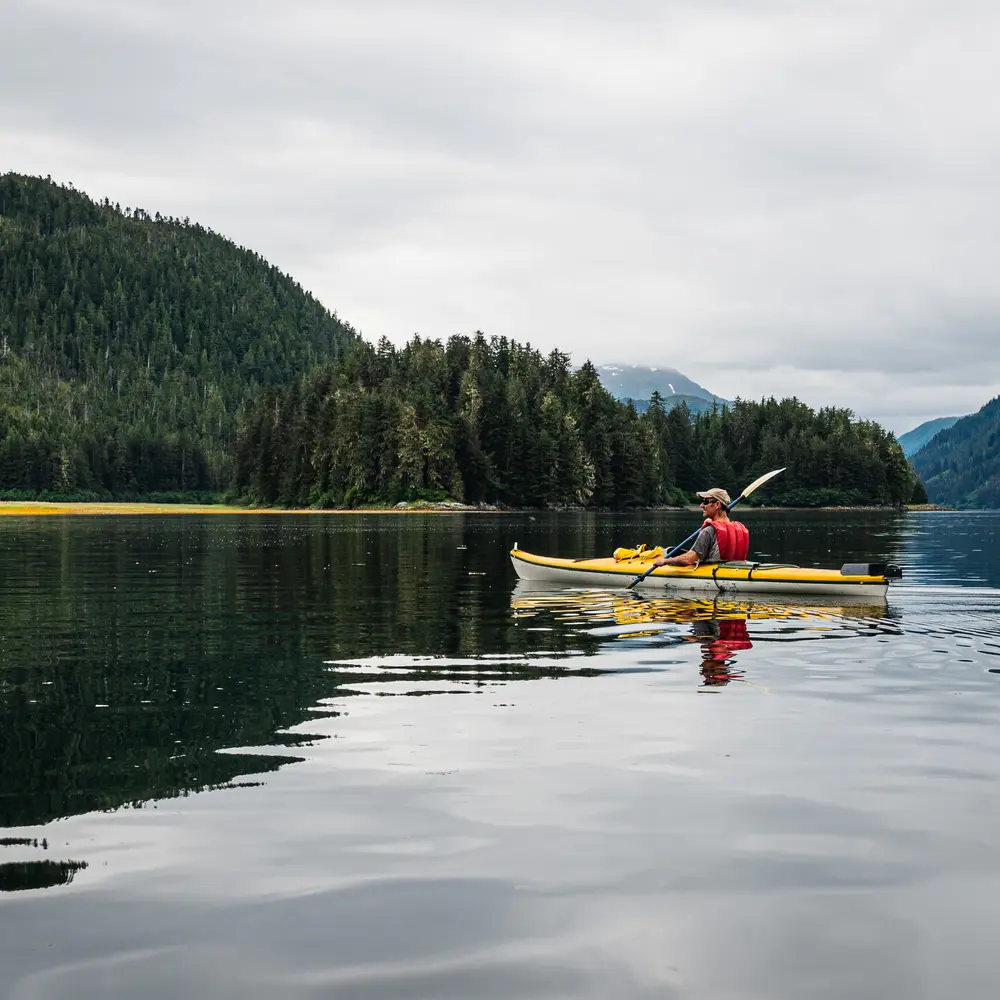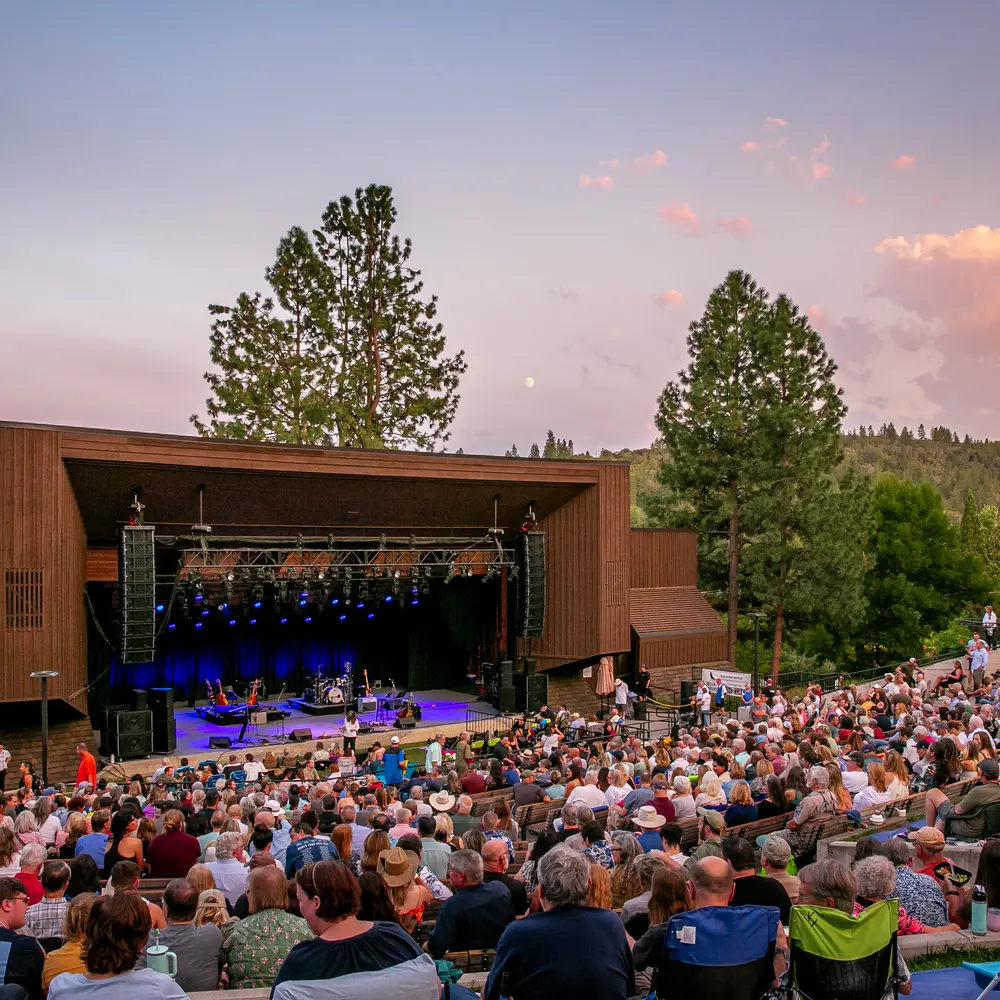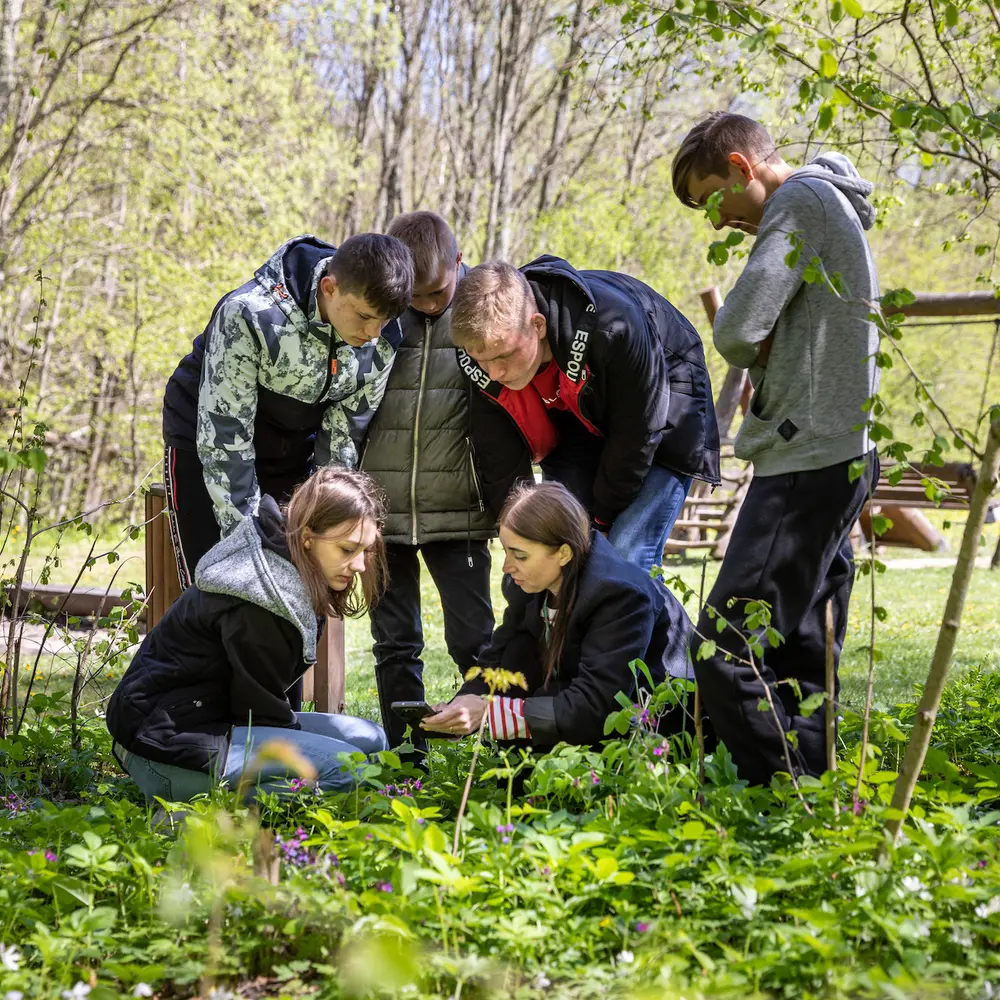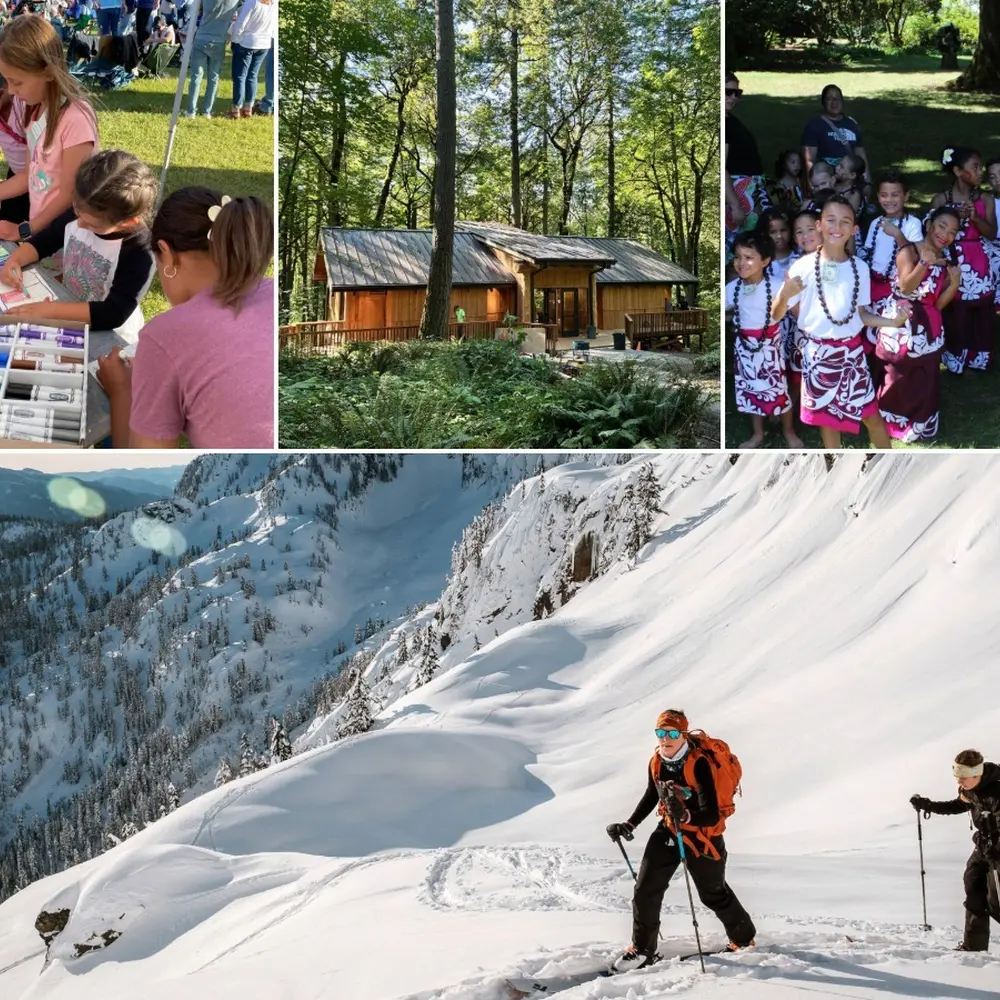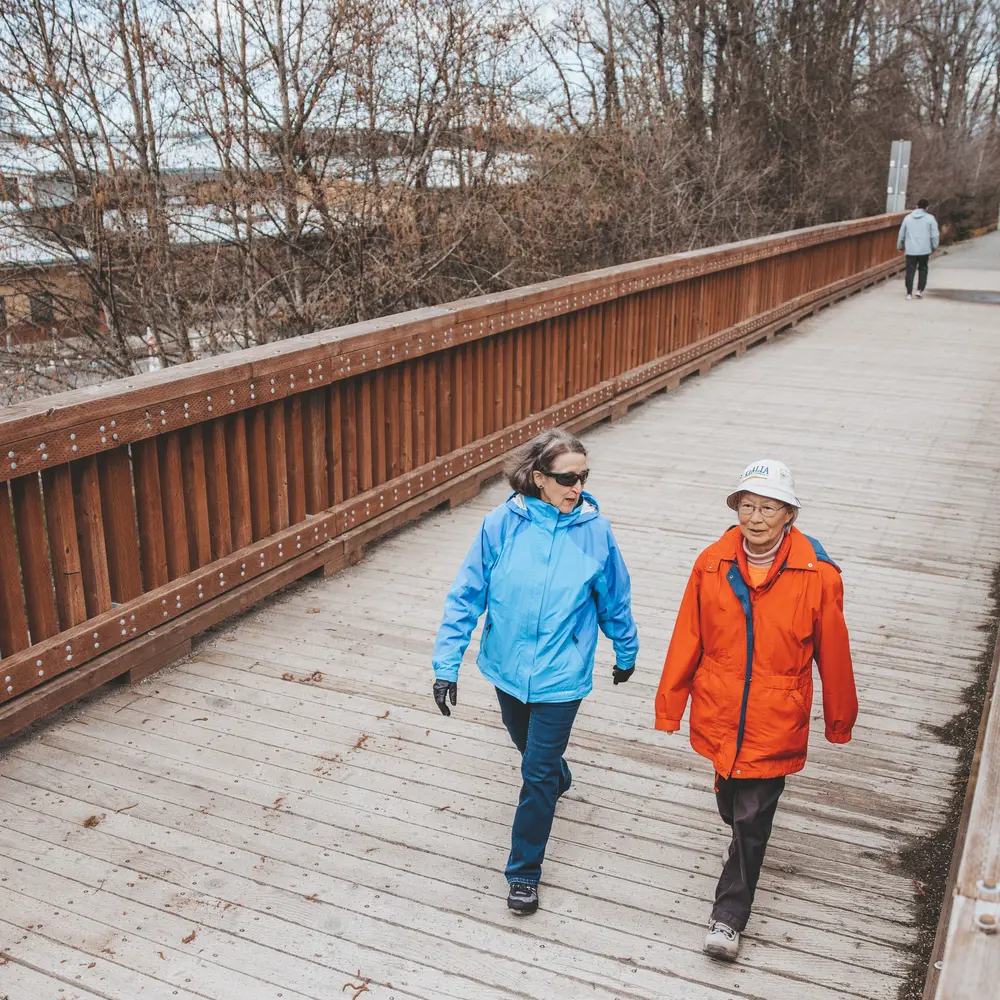The Murdock Trust invests in capacity-building projects at nonprofit organizations across the Pacific Northwest. When one grant helps create new opportunities and increase the impact of a nonprofit’s work down the line, we call it the ripple effect. The Stories of Impact series on our website is intended to help shed light on the outcomes driven by some of the outstanding organizations the Murdock Trust has been fortunate to support in recent years.

Lily Hope is a cling weaver from the Tlingit tribe, raised by two full-time artists in Juneau, Alaska. Raven Chacon is of the Navajo Nation, a composer, performer, and installation artist now based in Albuquerque, New Mexico. Rosy Simas, a dancer and choreographer, is of Seneca and Heron Clan heritage, now running a creative studio in Minneapolis, Minnesota. In recent years, Lily secured a partnership with a foundation to undertake a significant weaving project, Raven became the first Native American to win a Pulitzer Prize for composition, and Rosy received a Doris Duke Foundation artist award for half a million dollars.
These are the types of artists that Native Arts & Cultures Foundation (NACF) has been partnering with since its founding in 2009. Based in Portland, OR, NACF is a nonprofit dedicated to supporting Native arts and culture. Today, it has national and even international reach, and the success of its work is told through the stories of its artists – through stories like Lily’s, Raven’s, and Rosy’s.
Until a few years ago, however, NACF had no dedicated staff to share these stories. In 2018, they received a Murdock Trust grant to support the hiring of a full-time communications staff member, and since then the communications department has doubled in size and rippled out in impact – for NACF, but more importantly, for the artists it supports.
Meeting a Need
As Lulani Arquette, CEO of NACF, has expressed, “In our Native communities…arts and culture is one and the same. It’s in our DNA. If you didn’t have Native arts, you’d literally see Native people disappear.”
Yet as a 2007 study identified, there was a deep need for dedicated national support for Native artists. NACF was founded to meet this need. “There are some great Native organizations out there that are doing fantastic work, but there wasn’t one that was solely dedicated to supporting Native arts. That’s how [NACF] came to be,” says Gabriella Tagliacozzo, Director of Operations.
Since it launched in 2009, NACF has lived out its mission to advance equity and cultural knowledge, focusing on the power of the arts and collaboration to strengthen Native communities and promote positive change within American Indian, Native Hawaiian, and Alaska Native peoples in the United States. It does this through year-long fellowships for visual artists, a SHIFT program that supports community-driven projects, a LIFT program that supports early career artists, and a number of special projects including exhibitions at art museums, residencies, and more.
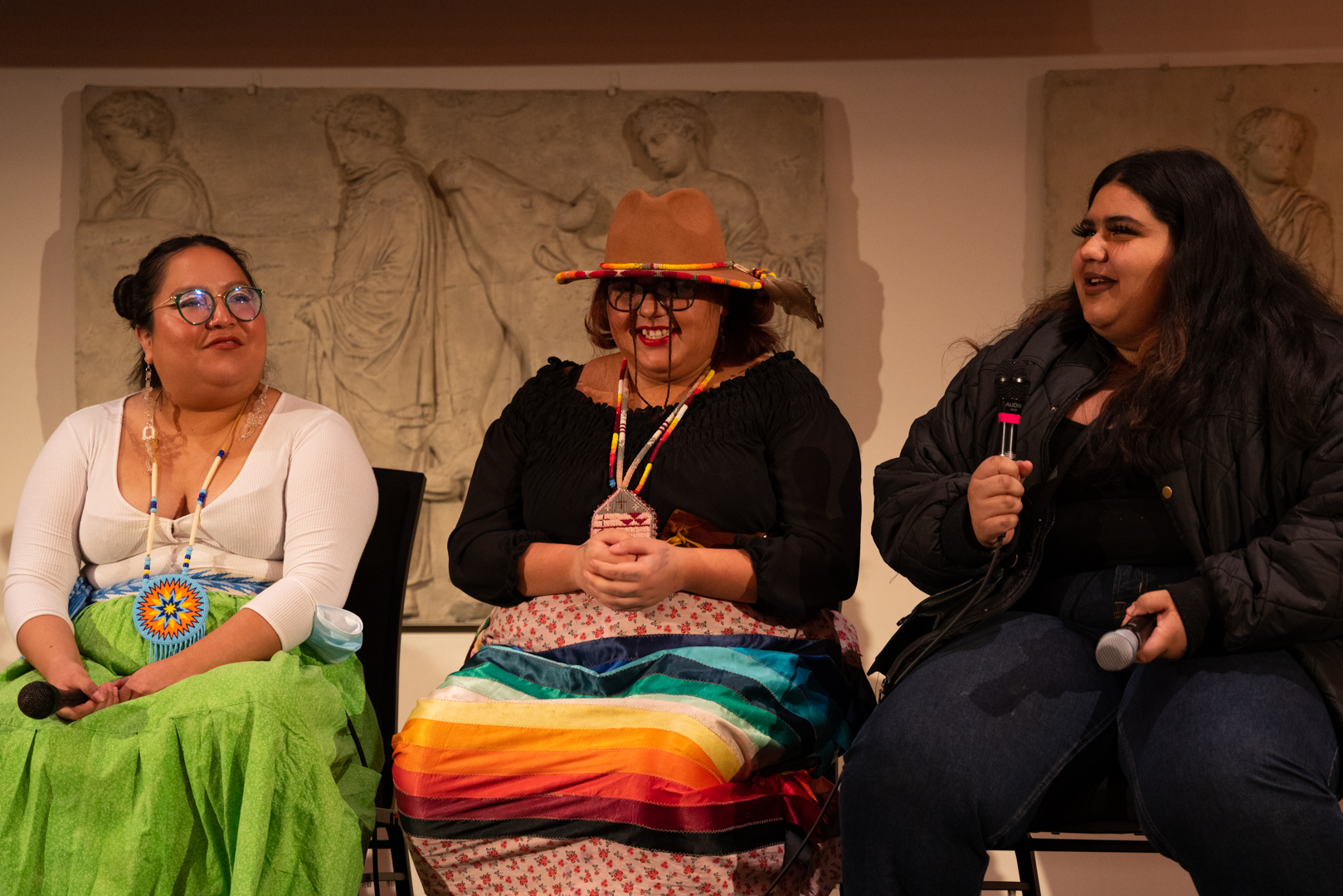
Investing in Communications
As of 2018, NACF had invested nearly $10 million on 225 individuals and organizations across the country. Its impact was huge and growing, but due to limited staff size organizational communications didn’t have the attention it deserved. That’s when they applied for a Murdock Trust grant to support NACF’s first dedicated communications staff.
“Hiring that full-time communications specialist allowed us to slowly build our social media presence,” says Gabriella. “It allowed us to revamp and update our website and our annual report. It allowed us to contract and work with a videographer.” And when NACF was gifted a historic building in Southeast Portland in 2020, it allowed NACF to put together a comprehensive press kit that generated significant coverage and has led to lasting interest from major news outlets.
“We couldn’t even find time to schedule the interviews for Lulani, our CEO,” remembers Gabriella. “We got the Oregonian, The Seattle Times, OPB, Oregon Arts Watch.” This press outreach and engagement was repeated when NACF opened The Center for Native Arts and Cultures for public use, with great success.
And thanks to the new communications support, the NACF team was able to complete and publish a literary anthology they had dreamt of for years. As the first NACF publication highlighting the work of National Artist Fellows in literature, this is a significant accomplishment that celebrates the work of emerging and established poets and writers. And it’s a direct demonstration of how investing in communications is an investment in the community.
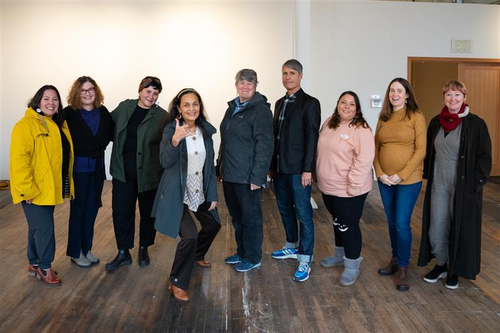
Making an Impact
Today, recognizing the impact that investment in communications has on its organizational mission, NACF’s communications team has doubled. Mandy Yeahpau, Associate Director of Marketing & Communications, joined in 2022. Thanks to the solid foundation that NACF had established in communications outreach, Mandy was able to jump in and create impact right away.
In the last quarter of 2022, NACF gained 1,000 new social media followers, and in the first quarter of 2023, another 1,000. Reach and engagement have risen by 350%, and NACF’s posts highlighting their artists are reaching nearly 80,000 people monthly. For NACF, these aren’t numbers to gloss over, because they don’t just indicate social media savvy. They indicate growing visibility of the Native artists NACF supports.
“And that’s actually really important, because it brings in more funding for us to continue to do that work,” says Mandy. “It also brings in more Native artists to apply for our programs. If they didn’t know about us or see our open calls for applications on social media, we wouldn’t be able to do this work. Digital communications is incredibly important.”
“You can’t go backwards,” says Gabriella, speaking of the communications outreach efforts that are now an integral part of NACF’s missional expression. “Once you have something and you recognize the value of having that and how we’re able to better support our artists and our mission, you just can’t go back. It brings other things that aren’t necessarily quantifiable.”
For example, thanks in part to NACF’s growing national visibility, the organization was a recipient of recent MacKenzie Scott funding. “Had we not been visible, would we have been on their radar?” Gabriella wonders. It’s opportunities like this – or like being invited to bring four Native artists to present workshops in Germany, or a request from a law firm to have female Native artists present during Women’s History Month – that signify NACF’s growing national, even global, impact.
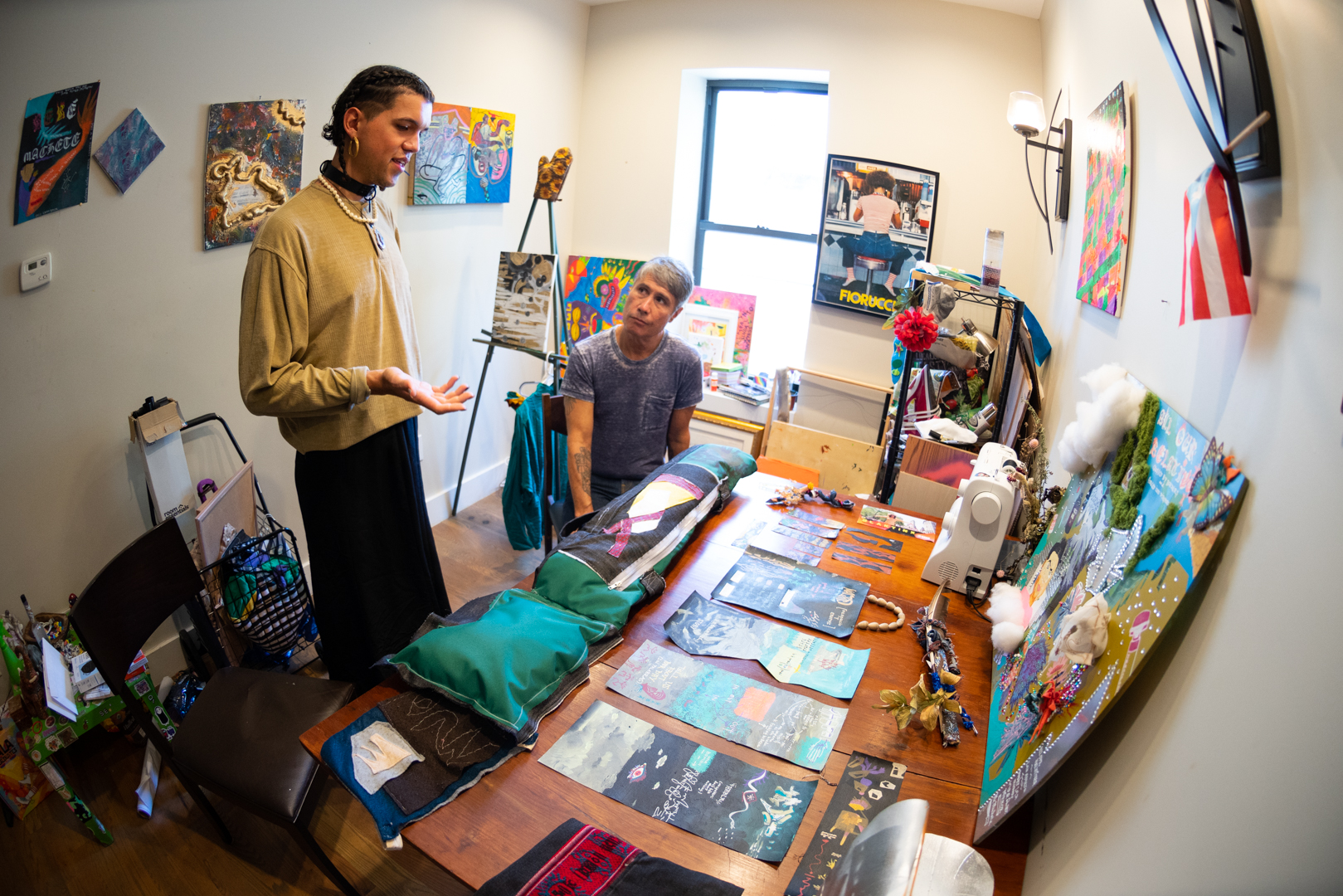
At the end of the day, Mandy says, these artists – artists like Lily, and Raven, and Rosy – deserve recognition on social media, in the news, through awards, and at exhibitions. “They really deserve that type of promotion and uplift. And that’s part of our mission. So by having this added capacity, we’re really able to fulfill our commitment to these artists and their work.”
Perhaps now more than ever, Gabriella and Mandy share, the arts are needed. In an age of division and othering, the arts provide connection. In a time of racial reconciliation across communities, the arts offer a healing path forward. And in a time of great change, Native arts in particular root communities to the great unity of the past.
“Maybe to the outsider it seems like, how is this important? Why would this matter?” says Mandy. “But it’s actually the thing that maybe matters the most. It’s our connection to each other.”

